Forecasting: A Timeless Pursuit
Forecasting has fascinated humanity for thousands of years. The desire to predict the future is deeply ingrained in our nature. From ancient civilizations to modern societies, people have always sought to anticipate events—whether predicting the weather, economic trends, or the outcomes of battles. Forecasting has been perceived as both divine inspiration and, at times, aa tool for criminal activity. Despite technological advancements over the centuries, the fundamental allure of forecasting remains unchanged. Whether through ancient rituals or cutting-edge algorithms, forecasting continues to be a powerful tool for navigating an uncertain world.
Time Series Forecasting: A Modern Essential
This fascinating forecasting id also highly significant in the field of data science. It is a technique used to predict future values based on previously observed historical data. A time series consists of data points collected at regular intervals over time, such as daily stock prices, monthly sales volumes, or annual rainfall measurements. By leveraging historical data, organizations can anticipate changes, optimize operations, reduce costs, and seize new opportunities leading to more efficient and effective decision-making across a wide range of sectors.
Historical Evolution of Time Series Forecasting Models
Time series forecasting has a rich history in statistics. Early methods include naive forecasting, moving averages, and exponential smoothing dating back to late 18th and early 19th centuries. The famous ARIMA came into existence in 1970’s and remains one of the prominent models today along with several variations of ARIMA. As computations got cheaper, newer techniques emerged. In 2017, Facebook released its time series forecasting tool, Prophet, which gained popularity for its ease of use and flexibility. More recently several deep learning algorithms has been developed such as Amazon’s DeepAR. With packages like Neural Forecast, we can make use of several fascinating Neural Network algorithms and models.
Despite its long history and the development of advanced algorithms, time series forecasting remains a relatively less conquered field in data science. There is a significant potential for innovation and improvement in this area.
Key challenge in Time Series Forecasting:
While there are lot of challenges, one significant challenge is the need for managing separate models for each individual time series. This can be computationally expensive and time-consuming, especially in a large organization. For instance, in a retail business forecasting the sales of each product in multiple stores, managing 10,000 time series would mean building, training, and deploying 10,000 distinct models. This process is resource-intensive and complex. Although some deep learning models can handle multiple time series simultaneously, they require large volumes of data and significant computational power to achieve high forecasting accuracy.
ML Models in Time Series Forecasting
One solution to the challenge of managing numerous time series models is to apply a supervised machine learning model. In this approach, you have a dependent variable (X) and a target variable (Y). The model learns from the historical data to predict the Y variable for future instances where it is not yet available. However. How do we get X variables for the future? How do we split Train-Test data? Is 80-20 or 70-30 good enough?
Gradient boosting models, such as XGBoost, have shown great promise for time series forecasting. while the concept of using XGBoost for time series is not new, comprehensive resources on how to implement it are limited. In our next post, we will explore in detail how to apply XGBoost to time series data, address key forecasting challenges, and other issues in time series forecasting that machine learning can help solve.
Author
-

As the leader of Data Science Initiatives at Brillersys, he brings over 12 years of expertise in designing and deploying data-intensive applications and machine learning models. He focuses on solving complex business challenges and enhancing data-driven decision-making across various industries and domains.
View all posts Lead Data Scientist | Machine Learning Engineer


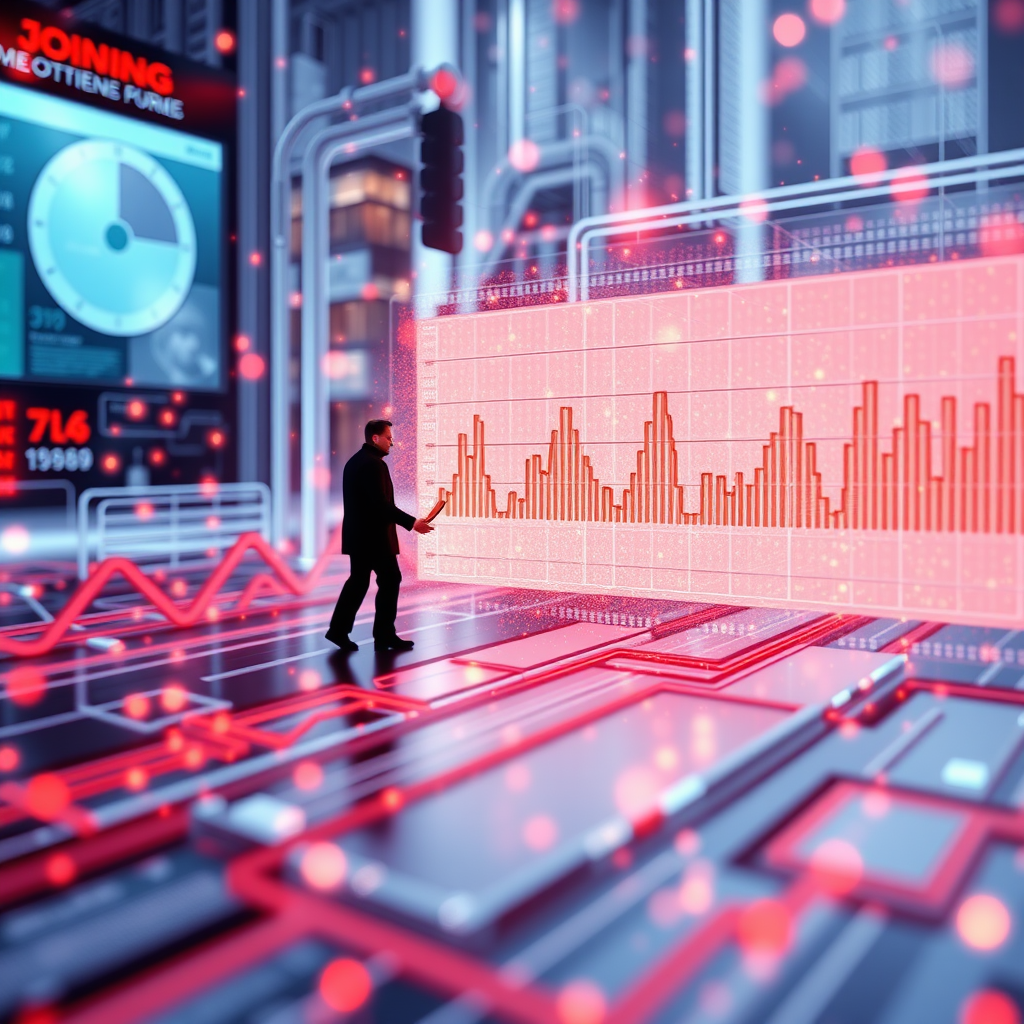
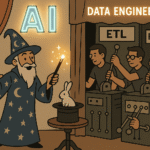
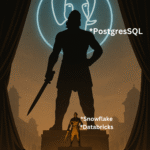
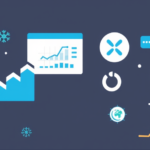
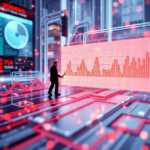
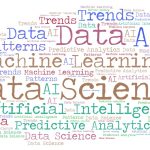
Leave a Reply